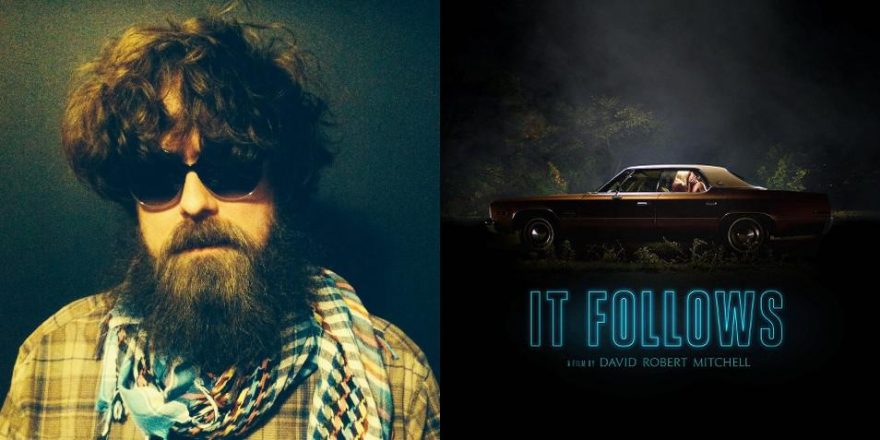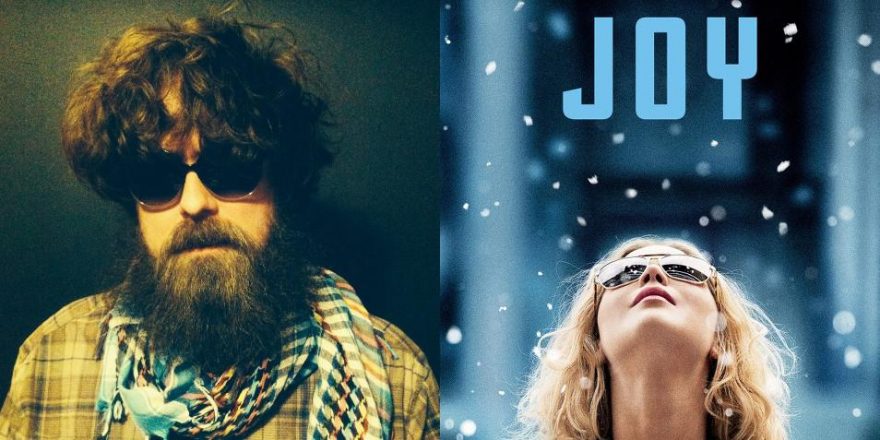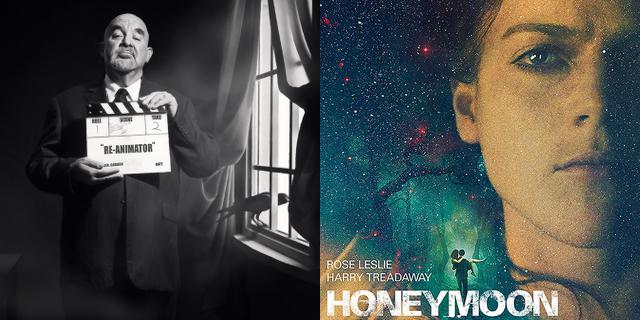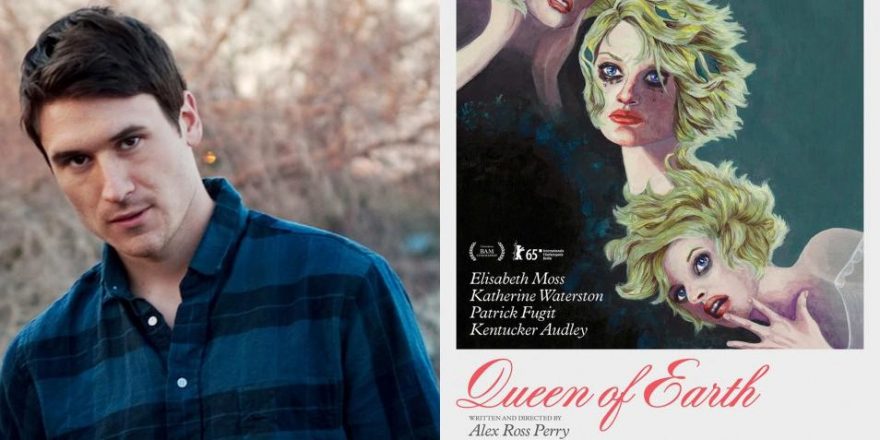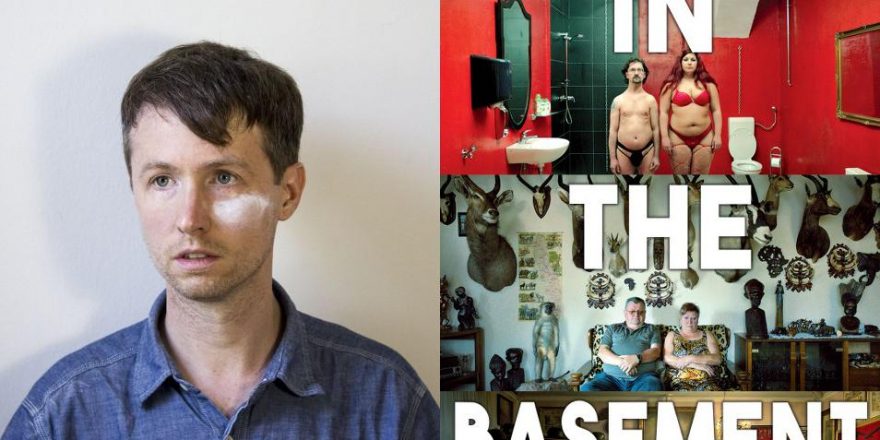During January, Talkhouse Film is running the “What We Missed” series, comprising pieces on notable movies from 2015 which were not previously covered. — N.D.
Well, shit.
To my genuine surprise, here I am again, tasked with scribbling down some thoughts on David Robert Mitchell’s It Follows. You may have gathered from my first Talkhouse piece – about David O. Russell’s Joy – that this sort of writing is new territory for me. I don’t write essays. I write scripts. Any analytical work I do in relation to film is usually through discussions with friends, chicken scratch in my journals, or – more commonly – just stays inside the ol’ gulliver. Just for me. That being said, they asked me back, so …
Fuck it.
First up, let’s get one thing straight: It Follows is a brilliantly crafted dream of a movie. A masterpiece. I first watched it last summer, after a shitty day of banging my head on a fence-post over my own work. I’m sure other filmmakers can relate to this predicament: that infuriating feeling of watching someone else’s graceful, (seemingly) effortless, and – maybe more to the point – finished film while you have a big ol’ inharmonious, unfinished mess sitting on your own operating table. You know that this sort of graceful perfection takes tremendous talent, effort, determination and insight, all of which seems light years away from your own tortuous personal work. It’s a feeling that makes you want to punch a kitten in the balls.
Well, on a summer day in 2015, David Robert Mitchell made me want to punch a kitten in the balls. I’ll tell him why …
Mr. Mitchell,
Thanks for the annoyingly perfect opening shot. Gorgeous widescreen photography that frightens right off that bat and – as if you’re showing off to those of us that can’t get our opening sequences to work no matter how hard we’ve been trying all day – it’s all in broad daylight? Thanks for wagging it in our faces. (Oh, and what’s up with the house’s address being 1492? Am I “Room 237-ing” this a bit much?)
And then there’s the minimal cutting in the film – a very difficult thing to pull off – but, of course, your cuts are as precise as it gets. One after another after another. It’s a wonderful and bold creative choice in a gluttonous age of cut-cut-cut.
Brilliantly done, you son of a bitch.
The music, by Disasterpeace, is chilling and cool and expertly aligned with your images. (Side note: My college band’s name was The Disastronauts. I’m gonna pretend your composer half-stole the name, if that’s OK with you.)
Your opening sequence sets a mood and style that you bravely follow through with all the way to an irritatingly brilliant, poetic ending.
Already, a mere four minutes into seeing your movie for the first time, I had a kitten staring up at me, mewing angrily, clutching his tiny little bruised kitten balls.
Then you had to go and introduce the wonderfully subtle Maika Monroe as your main character, Jay, in such a beautiful way. I haven’t read any reviews of your film, but has anyone commended you for her first moments and how much meaning can be projected onto them? Something is watching from the other side of the fence as the boy that’s in love with her knocks on the front door. Then we’re seeing her in the pool from above. Love the way you framed the pool so it creates a painterly arch around her, by the way. Then Jay is admiring the life around her: the squirrel and the bird on the telephone line. The ant on her arm that she gently sets free. Or did she just casually drown it? Either way: Screw you.
I could go on and on about all these layers. All this technique. All this craftsmanship. …
Like how you employ what I call “The Exorcist Rule” about sound: The more quiet your use overall, the scarier your loud scenes become.
Like how you manage to keep the evil at work in your story a bit on the vague side. On the dream logic side. Like how nightmares work. You know, just how other assholes like David Lynch manage to do in such a (seemingly) effortless way …
OK. This gag about me being angry with you has run its course.
David. Dude. You killed it with this one. When I watched your film, I had this dormant feeling open up inside my movie heart that I hadn’t felt since discovering the original Nightmare on Elm Street. I can’t explain why that film sprang to mind, but it did. Maybe it’s the dream tone, maybe it’s the mellow cool of all your gifted young cast. Not sure, but I was feeling Craven’s glorious soul big-time. And you know what? That’s high fucking praise. Nightmare changed my life. It inspired me to poke around in subconscious storytelling. It taught me that the scariest shit imaginable is happening in my own brain when I’m not trying to control it. When I just listen. That’s what you did when creating It Follows, right? You don’t have to answer. I can tell.
All smart-assery, broken-testicled kittens and well-deserved high praise aside, I do have one thing to tell you that I’ve learned in my decade and a half of making movies: By making this film you have built a mountain before yourself. I know a little about this because I built a little hill in front of myself with May. Every movie I’ve made since has been compared to it, so much so that people have written think-pieces about me, wondering if I’ll ever catch that sort of lightning in a bottle again. It’s frustrating and irritating and annoying and – most of all – it makes writing the next one that much harder. So be warned: Everything you do from here on out will be judged against the brilliance of It Follows. Not a bad problem to have, though: to be loved for something – anything – you created all on your very own.
Right?
Now I’ll get back to banging my head on my own screenplay fencepost, if you promise do the same. Please. Get back to sharing your dreams. We’re dying to see you jump over the It Follows mountain. And boy, from where I’m standing, it’s a big damn mountain.
Cheers,
Luck


